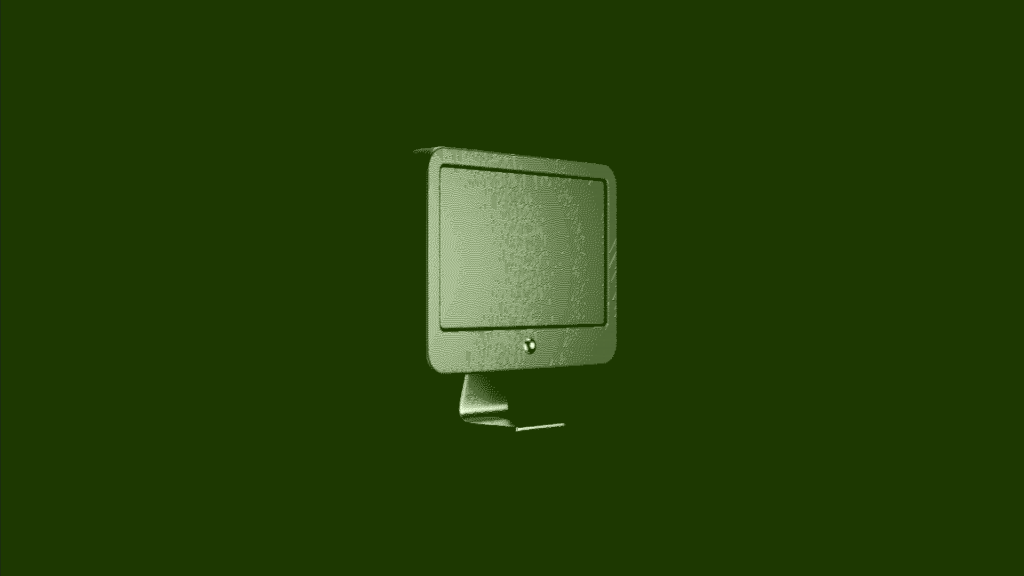
Aidan Nelson
Over the past 18 months, we have seen many aspects of our lives thrust online. Increasingly, we are working, learning, socializing with family and friends, attending live performances and more through 2D grids of video feeds on platforms such as Zoom and Google Meet. These communication tools have become essential for remote communities to connect, yet fail to replicate many of the most engaging, messy and human aspects of our in-person experience. What happens when we break out of this grid and explore new forms of real-time social interactions online using webcam video and audio?
Some recent explorations in this realm (including gather.town, topia.io and ITP’s own YORB.itp.io) have shown the promise of spatial metaphors in creating engaging real-time social interactions online. In this course, students will create their own series of experimental social spaces that explore these questions: how does the shape and nature of our environment affect the way we communicate? What unique forms of real-time expression and sharing might be possible online (and only online)? How might we design experiences for the unique social dynamics we want to support?
Students will be exposed to principles of spatial design as well as a series of open source Javascript tools for arranging live webcam video and audio in 2D and 3D space in the browser. They will use p5.js and WebGL (through the THREE.js library) to build 2D and 3D environments, and will be exposed to WebRTC (Web Real-Time Communications) and Node.js to add interactivity to those environments.